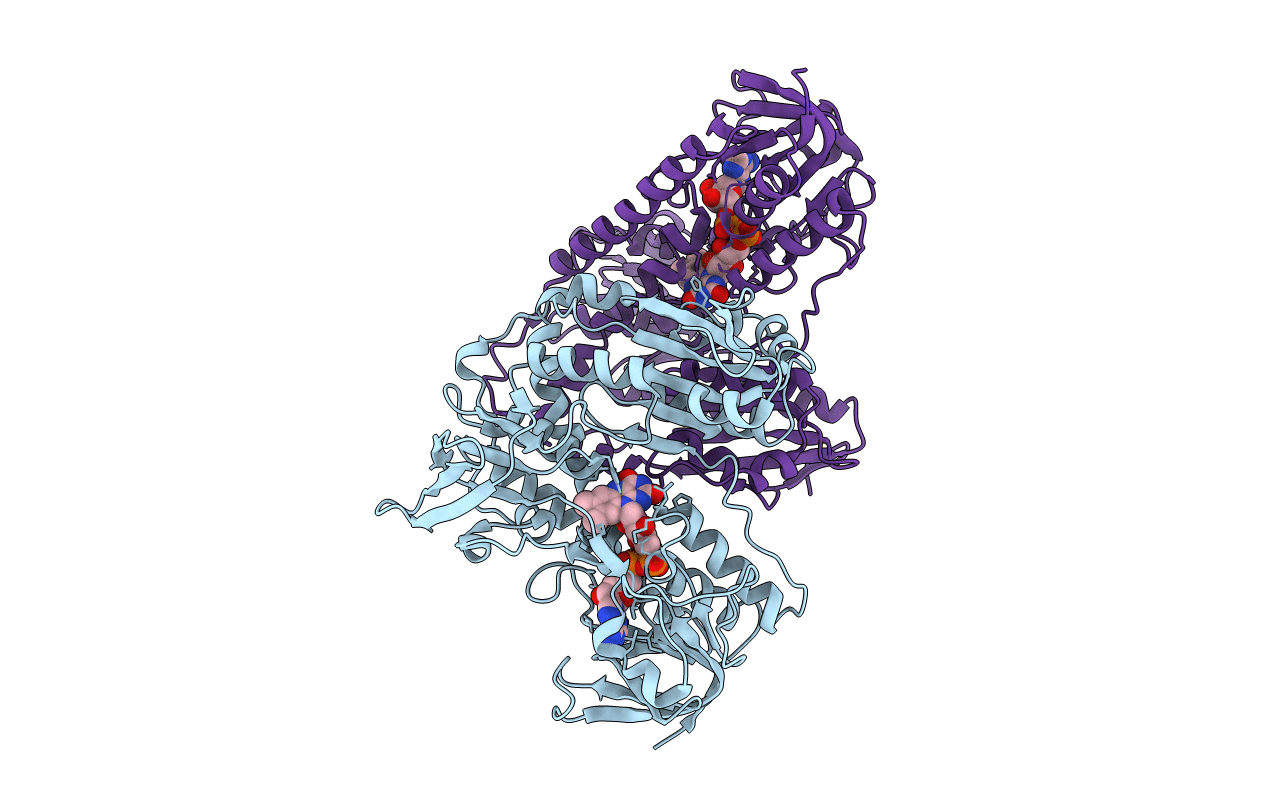
Deposition Date
1991-08-22
Release Date
1993-10-31
Last Version Date
2024-11-20
Entry Detail
PDB ID:
2TPR
Keywords:
Title:
X-RAY STRUCTURE OF TRYPANOTHIONE REDUCTASE FROM CRITHIDIA FASCICULATA AT 2.4 ANGSTROMS RESOLUTION
Biological Source:
Source Organism:
Crithidia fasciculata (Taxon ID: 5656)
Method Details:
Experimental Method:
Resolution:
2.40 Å
R-Value Work:
0.18
R-Value Observed:
0.18
Space Group:
P 1 21 1


